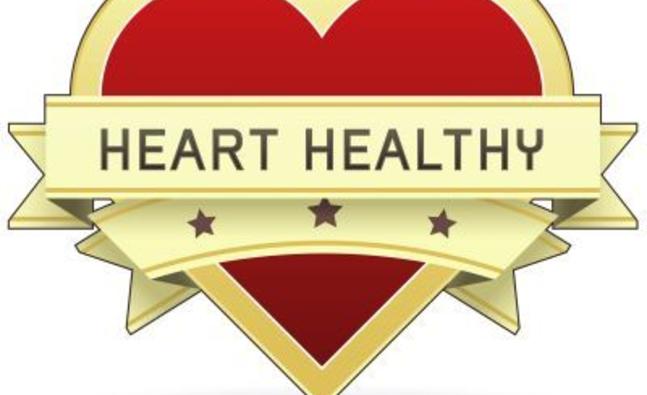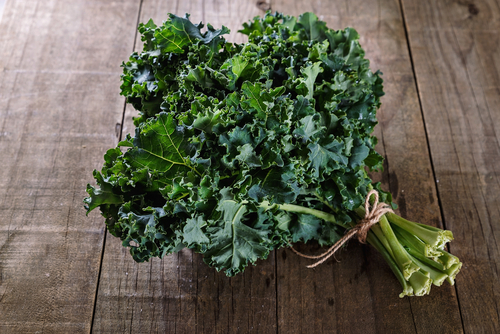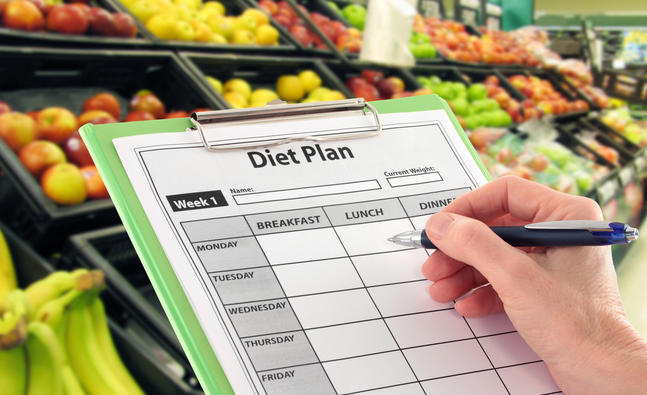7 Ways to Lose Weight This Holiday Season
All the festive cocktails, holiday parties, and gingerbread houses can make December seem like a month full of weight-gain booby traps. Thankfully, it doesn’t have to be that way. You can still indulge in the season without going overboard and setting yourself back when it comes to your goals. Now’s the time to arm yourself with tactics that will keep your weight loss going strong well into the New Year. Here are some Women’s Health-approved techniques.
Include This in Your Breakfasts
Even though a lot of the most tempting events will usually happen at night, what you eat in the morning can play a role in keeping your appetite in check. Including peanuts or peanut butter in your breakfast can smash cravings up to 12 hours later, according to research in The British Journal of Nutrition. Clock it: That likely puts you smack dab in the middle of some kind of event with delicious offerings that could be secret calorie bombs—but since you’ll still feel full, you won’t be as tempted by them.
Fend Off Emotional Eating
While the holidays should be cheery, they can often be one of the most stressful times of year. To avoid emotional eating, think about the future, recommends an article by University of Delaware associate professor Meryl Gardner, Ph.D. Researchers conducted four studies to see how people’s emotional states influenced their food choices and discovered that when people were in a good mood, they rated healthy foods more favorably than indulgent ones. The opposite also held true: when people aren’t feeling their best, they’re more into indulgent options. Then, the researchers asked the participants to think about the future. They found that when given that prompt, the participants preferred healthier food, no matter their mood. That’s when the long-term health benefits of what you’re eating have a chance to win out over the deliciousness of something unhealthy, say the researchers.
MORE: 8 Tips That Make it Easier to Stop Eating When You're Full
Relax Before You Party
Something called “decision fatigue” can be the culprit behind you reaching for the junk, says research from Dartmouth College. The researchers had 33 women do two different activities: First, they watched a seven-minute video that had a ticker tape of words running across the bottom of the screen. Half the group was given the directions not to read the words. Once the video was done, both groups looked at pictures of food and rated how tempting they were. The women who had to try not to read the words wanted food more, presumably because all that mental exertion sapped them of willpower and even made food seem more appealing. So if you have a work event you have to go to, give your brain a restorative break before you go.
Choose Your Dinner Mates Wisely
The holidays are the time to bond with friends—and where better to do it than over a shared meal? Go for it, as long as the pals you’re eating with are similarly health-minded, says research presented at the Agricultural and Applied Economic Association’s 2013 annual meeting. Researchers analyzed the restaurant orders of 1,459 customers who didn’t know their decisions were being tracked. They frequently chose something from the same category as the person they were eating with. Even better, when more people at the table ordered from the same category as the participants, they were more likely to be satisfied with what they got. The opposite is true, too, so be extra-vigilant when a friend is having a cheat day.
MORE: 5 Ways to Eat Less Without Feeling Deprived
Prepare for the Time You’re Most Inclined to Binge
Dealing with cravings? Take a glance at your watch, and don’t be surprised if it’s around 8 p.m. That’s the time people are most likely to want sweet, salty, and starchy foods, according to a study in the journal Obesity. The findings suggest your body’s circadian rhythm automatically makes you want to eat more when night falls. Add in the urge for comfort food that can come with winter, and you’ve got a recipe for overindulging. One fix? Be prepared with filling snacks that do delicious double duty by tasting good but being limited to around 150 calories in portion size, says Pam Peeke, M.D., author of The Hunger Fix.
Be Smart About the Booze
We’d never tell you to give up cozy drinks like spiked hot chocolate—’tis the season, after all! Just be wise about which kind you choose since there may be a link between how often a person drinks and their chances of being obese, according to a study in The American Journal of Public Health. The study authors examined data from 8,000 participants who reported how many calories they’d taken in from alcohol the week before. Women drank an average of 382 on their heaviest drinking days, which is about 19 percent of their total daily intake. Men had about 677 calories from alcohol, or 27 percent of their daily intake. No need to fully abstain—just check out this alcohol nutrition info for hints on what to imbibe and what to pass over.
MORE: 9 Scary Ways Too Much Alcohol Affects Your Body
Set Up a Few Obstacles
If you make food a little more difficult to eat, you might consume less, according to research in the journal Appetite. Researchers had participants taste-test wrapped and unwrapped chocolate and dried fruit (both staples of the holiday season). Sometimes they had to use tongs to serve themselves while others they didn’t, and sometimes they had to unwrap the food themselves. The study authors found that people ate almost 30 percent less when they had to unwrap the food or use tongs. The researchers think that extra time you spend getting the food ready to eat might help you consider whether you really want it or not. Something to keep in mind when grocery shopping for your holiday party!
MORE: 3 Ways to Eat Healthy This Holiday Season
-
The food-exercise equation
-
Cutting the fat with bariatric surgeries
-
8 Weight-Loss Mistakes Runners Make
This article was written by Kit Fox and provided by our partners at Ru
-
Date night? 7 HEALTHY, delicious dinner recipes that hell love
-
The Dietary Changes Behind Lebron James’ Dramatic Weight Loss
LeBron James is used to making headlines. But lately, he’s been in the
-
8 Effortless weight loss tips
- DON'T MISS
- 5 Ways to Make Any Baking Recipe Healthier
- Fashionable Nutrition Myths: Eating less, more often, is better
- Walk before you eat
- Are 15-minute walks valuable?
- Eat chilled soups to lose weight this summer
- Are you at risk for obesity?
- Crazy celeb diet “tricks”: The Drunk Diet
- 2 Effective Ways To Use Onion For Weight Loss
- Healthy, refreshing ways to enjoy cucumber
- Apples and pears keeps the weight away




